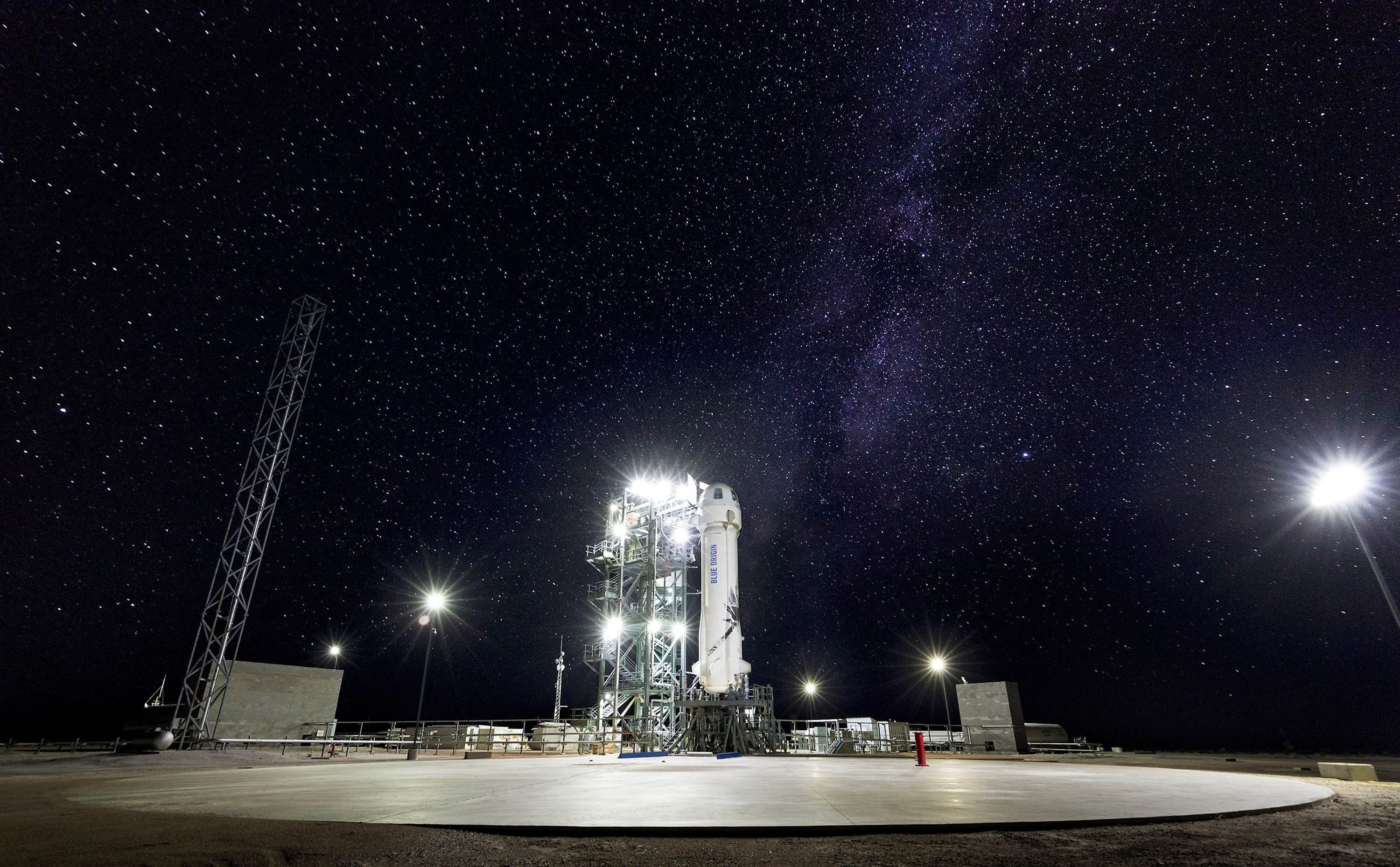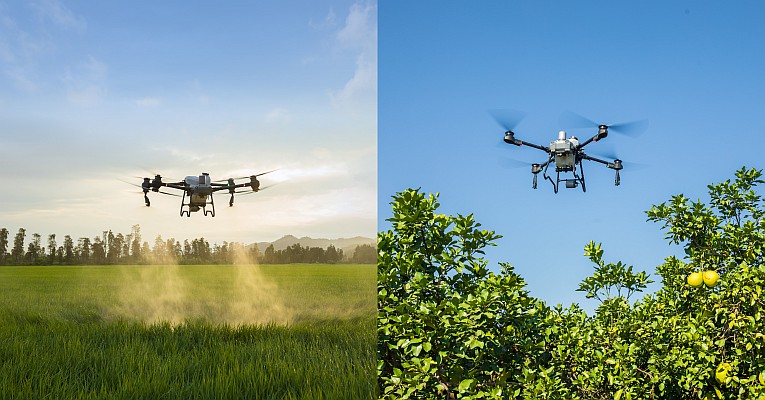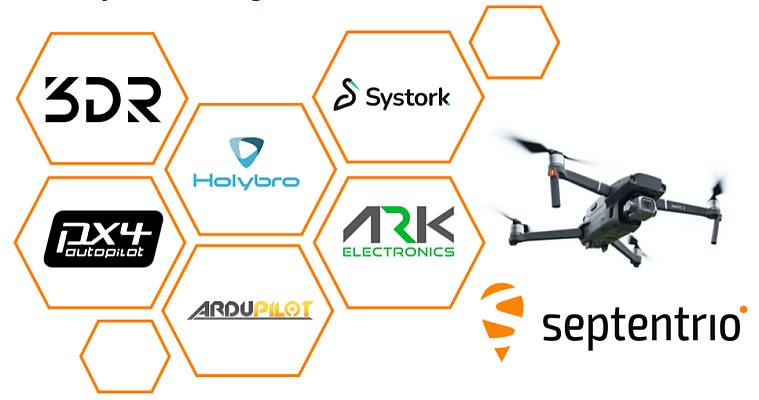
SPOT 6, the brand new Earth observation satellite built by Astrium, Europe’s leading space technology company, is now ready for launch. It will be transferred in the coming days from the Astrium Satellites facility in Toulouse (France) to the Satish Dhawan Space Center in India where it will be integrated with the PSLV launcher that will carry it into orbit.
SPOT 6 is a high resolution optical Earth observation satellite. Like its twin SPOT 7, which is slated for launch early 2014, SPOT 6 will have a 60-km swath width and produce imagery products with a resolution down to 1.5 metres. SPOT 6 and SPOT 7 will ensure service continuity from the SPOT 4 and SPOT 5 satellites, which have been operating since 1998 and 2002 respectively.
Both ground and space segments have been designed for improved performance compared with previous SPOT missions, especially in terms of responsiveness – from satellite tasking to product delivery – and collection capacity.
Moreover, SPOT 6 and SPOT 7 are “agile” as they can quickly be aimed at any point within 1500km of their position. The constellation SPOT 6 and SPOT 7 will actually provide a daily revisit everywhere on Earth with a total coverage of 6 million km” per day. As soon as they are validated in orbit, SPOT 6 and SPOT 7 will be operated by Astrium Services in coordination with the two Pleiades satellites which will be in the same orbit.
The constellation will offer unique applications, in an unrivalled delivery time, to Astrium Services’ customers. Every point on the globe will be able to be seen every day, once in high resolution and also in very high resolution. In addition while SPOT 6 and SPOT 7 will provide a wide view over a large area, Pleiades 1A and Pleiades 1B will be able to offer, for the same zone, products with a narrower field of view but with an increased level of detail (50cm).
Based on the newly designed Astrium Astrosat 500 MklI platform, SPOT 6 and SPOT 7 offer enhanced performance compared with their predecessors and are also lighter (weighing 720kg against SPOT 5’s 3 tonnes), thanks to the use of latest-generation technologies including silicon carbide, a brand-new detector for the instrument, and new avionics for the satellite. Both satellites will have a service life of 10 years.
In addition to the satellites, Astrium has complete responsibility for the design and manufacture of the ground segment, the launch of the satellites, qualification and maintenance of the system, and the satellite command and control operations.
The overall lead time for the whole system, 3.5 years, demonstrates that Astrium’s improvement programs have delivered results, reaching benchmark efficiency, putting technology at the service of quality, speeding up manufacture and reducing the level of project risk.
All these improvements have contributed to the success of SPOT 6, from instruments to platforms and satellite assembly, integration and test (AIT), and from ground segment to data processing techniques.








